Photographic manipulation has always been an issue in the 21st century. Because of the realism that a photograph can capture and depict, we often think photographs capture the truth, when in fact they can be (and often are) manipulated. Although photographs were also manipulated before the invention of the digital camera, with the introduction of Photoshop, photographic manipulation has transferred the emphasis from capturing to creating a photograph. Born into this era of photographic manipulation, many teens nowadays are not able to grasp the difference between the two. They are flooded by thousands of photographs daily that straddle the blurry line between creation and reality. A movement named SPARK questions the reality of images within teen magazines and has started a campaign to address this issue. Although we cannot ban photographic manipulation, we can educate students about it and highlight the artificiality that can exist in photographs.
In a PBS teaching blog, a teacher’s guide entitled “Manipulating Photographs: Can You Trust Photographs?” shows creative ways to educate students on the topic of photographic manipulation, the power of photographs, and the role of ethics in photojournalism, the aim being to inform course-takers of the nature of the “new” photography. The guide starts out by asking students to list examples of photographs that have helped to cause changes throughout the 20th century, and to consider how photographs can act as agents of change. This helps student to come to the realization that photography is powerful and not just limited to the thousands of mundane images that they see daily. Students are also asked to look at several photographs that have been altered by the photographer, and to analyze these photographs and the motivation behind the changes. This idea is extremely clever in that it helps students to understand why and how photographers make such adjustments. In the process, students will develop the skills to critically analyze photographs before believing they are genuine. Trying to understand the motives behind a photograph will help students to understand that photographs are not necessarily depictions of truth, but may have been constructed with certain motivations in mind. Then the students get hands-on experience in manipulating photographs, and finally, they are asked if their manipulation is acceptable or not. By being on the other side and manipulating the photographs, students will gain a better understanding of the nature and ease of photo manipulation.
The rest of the guide deals with photographic credibility and the accuracy of photographs. The guide is extremely useful, because a topic like photographic manipulation is extremely hard to educate students about. They may know of Photoshop, but many do not consider its usage and simply accept manipulated photographs of models and the pictures shown in news coverage as reality, which they may not be. It is important to teach students to question the images they consume and assess the motivations behind them in order to draw their own conclusions.
They also have many interesting and creative teaching guides incorporating different ideas into the class room. Take a look at their site.
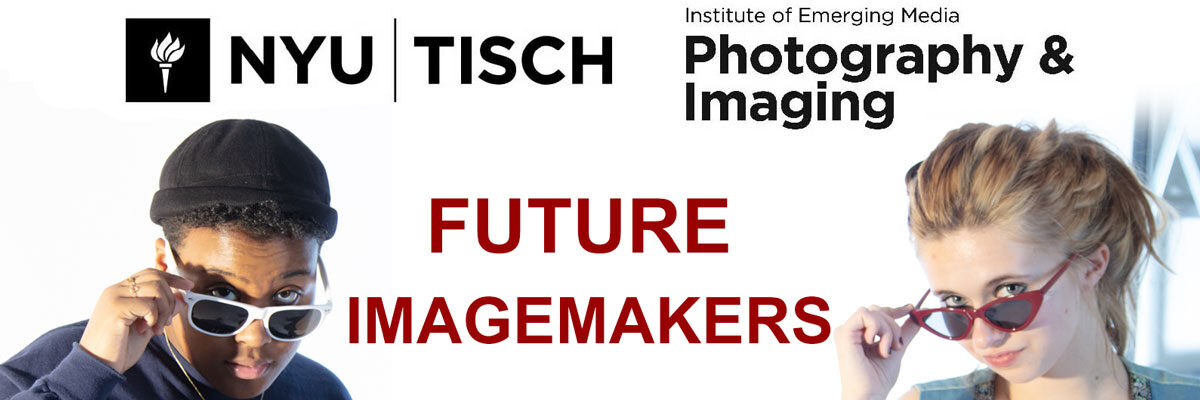
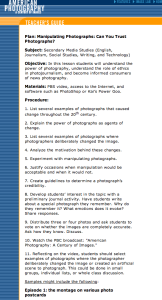
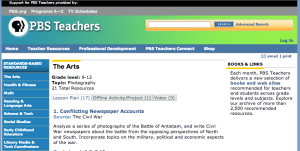
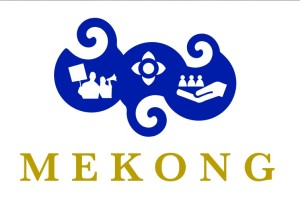



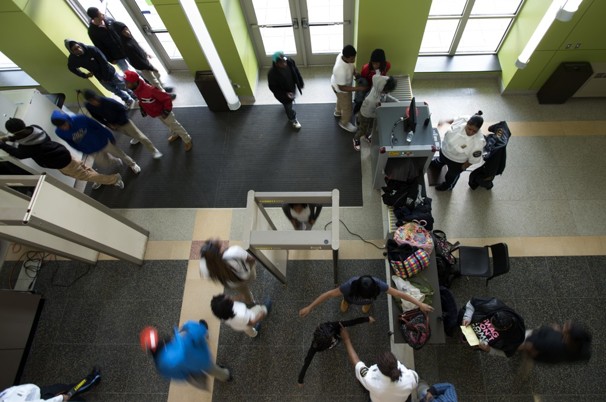
 How did you get connected with The LP?
How did you get connected with The LP?





